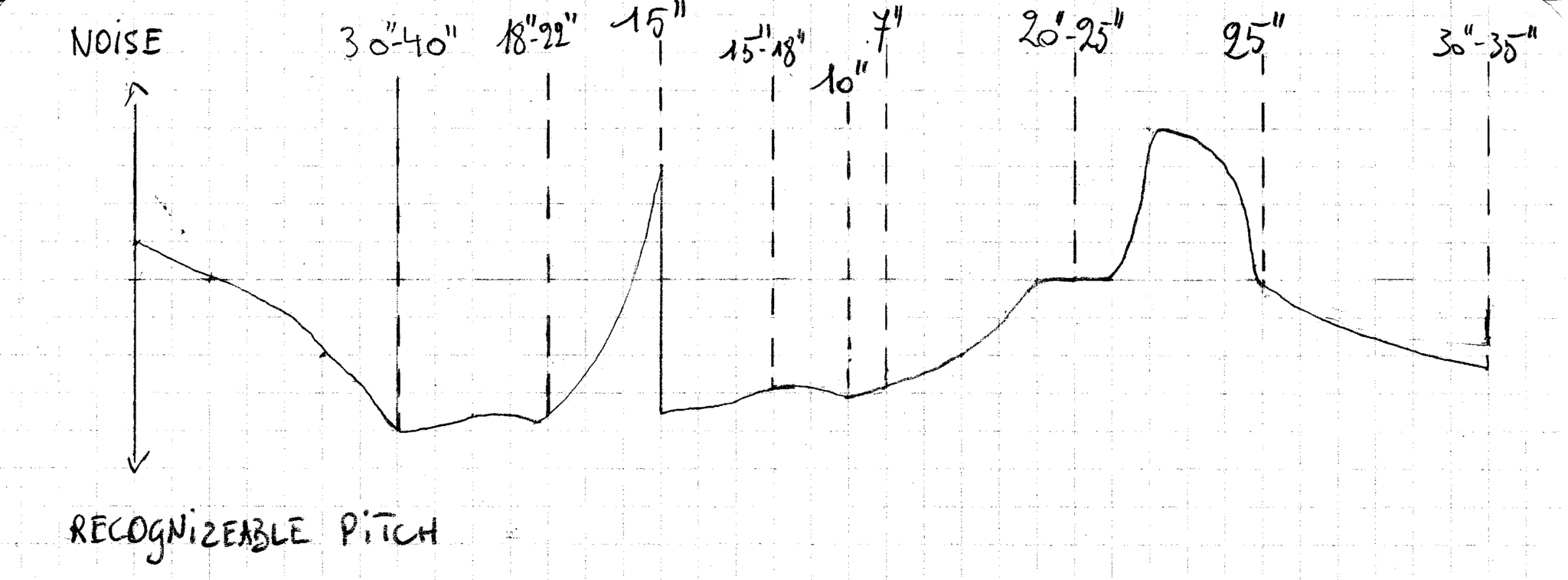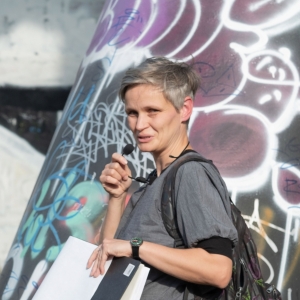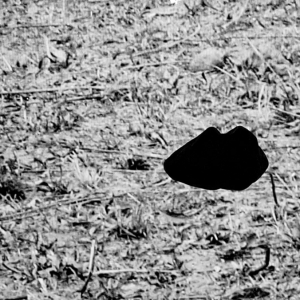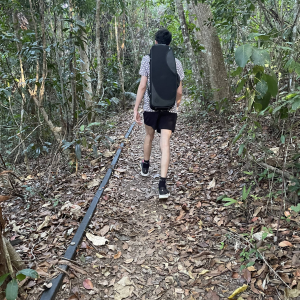
Heterotopia of the Practice Room: Casting and Breaking the Illusion of Tristan Murail’s Tellur for Solo Guitar
A combination of highly unusual extended playing techniques with open intabulated notation makes the solo guitar work Tellur altogether unique in Tristan Murail’s catalogue. When placed in the broader discursive context of Murail’s compositional philosophy, this unique configuration of elements causes a quandary. The composer aims to integrate “the totality of sonic phenomena” into his compositional language, and within this context he maintains a traditional view of musical authorship. However, how does a performer reconcile this perspective with a score of which the combination of unconventional techniques and open notation leaves so much of the sonic material to their individual discretion and know-how? This exposition offers the first performance-led study of this conundrum in Murail’s music and writings. Using Lydia Goehr’s historical study of the work-concept as a point of orientation, I explore the functioning of Werktreue in Tellur. I show that the processual structures that should make up its “ideal” score are correlative with the composer’s abstraction of the guitar, which is in its turn correlative with the guitarist’s unconventioned heuristics. I argue that confronting traditional musical authorship with this system of correlation creates a discursive aporia, but not a practical impossibility. Rather the discursive aporia brings to light what I call the “heterotopia of the practice room.” In this heterotopia, I as a performer navigate a musical reality that simultaneously reflects and contests a tradition of classical music performance built around the regulative work-concept.



